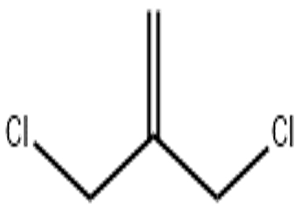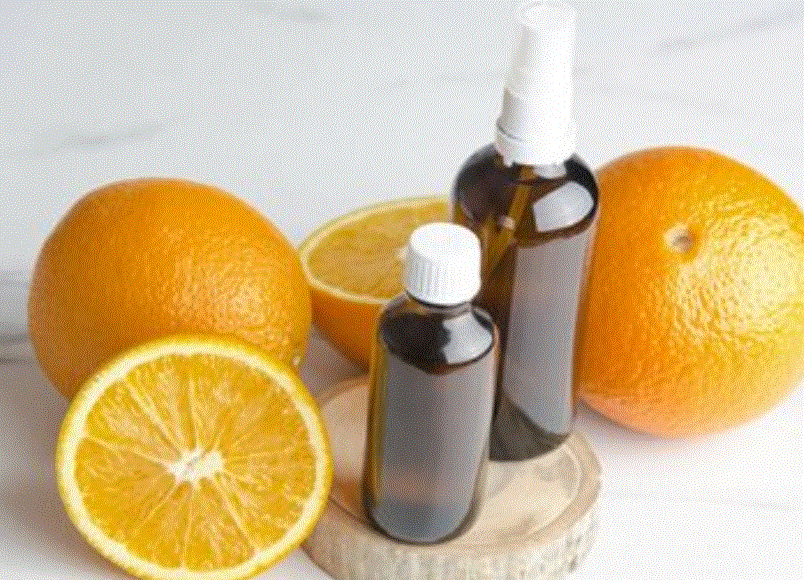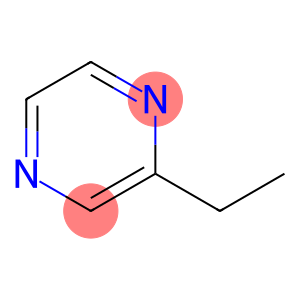3-Chloro-2-(chloromethyl)propene(CAS# 1871-57-4)
Risk and Safety
| Risk Codes | R14 – Reacts violently with water R34 – Causes burns R36/37/38 – Irritating to eyes, respiratory system and skin. R25 – Toxic if swallowed R10 – Flammable R36 – Irritating to the eyes R50 – Very Toxic to aquatic organisms R23/25 – Toxic by inhalation and if swallowed. |
| Safety Description | S26 – In case of contact with eyes, rinse immediately with plenty of water and seek medical advice. S27 – Take off immediately all contaminated clothing. S36/37/39 – Wear suitable protective clothing, gloves and eye/face protection. S45 – In case of accident or if you feel unwell, seek medical advice immediately (show the label whenever possible.) S36 – Wear suitable protective clothing. S16 – Keep away from sources of ignition. S61 – Avoid release to the environment. Refer to special instructions / safety data sheets. S37/39 – Wear suitable gloves and eye/face protection |
| UN IDs | UN 2987 8/PG 2 |
| WGK Germany | 3 |
| RTECS | UC7400000 |
| HS Code | 29032990 |
| Hazard Class | 6.1(a) |
| Packing Group | I |
3-Chloro-2-(chloromethyl)propene(CAS# 1871-57-4) introduction
3-Chloro-2-chloromethylpropylene is an organic compound. It is a colorless liquid with a pungent odor. The following is an introduction to the properties, uses, preparation methods, and safety information of this compound:
Quality:
- Appearance: Colorless liquid
- Flash Point: 39°C
- Solubility: Soluble in organic solvents such as alcohols, ethers and esters
Use:
- In the field of pesticides, it can be used as a raw material for insecticides and herbicides.
- In the dye and rubber industry, its derivatives are widely used in dye production and rubber modification.
Method:
- 3-Chloro-2-chloromethylpropene can be synthesized by various methods, the common method is obtained by the reaction of 2-chloropropene with chloroacetyl chloride.
Safety Information:
- 3-Chloro-2-chloromethapropylene has a pungent odor and may cause irritation and damage to the eyes, skin, and respiratory tract when touched.
- Care should be taken to avoid inhaling its vapors or coming into contact with the skin and eyes when operating. Use personal protective equipment such as protective gloves, goggles, and gowns.
- It should be operated in a well-ventilated area and avoid mixing with substances such as oxidants, acids and alkalis.
- In the event of an accidental leak, it should be cleaned up quickly and properly disposed of.
- When storing, avoid high temperatures and fire, store in a cool, dry place, and away from flammable substances.








